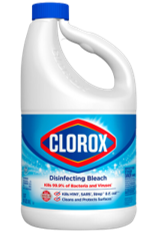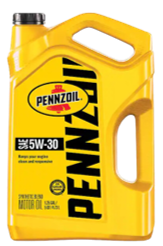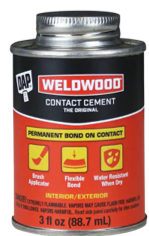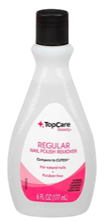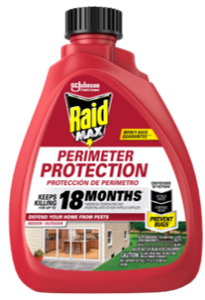How can I tell if a household product is hazardous?
Check the label! It might not say “household hazardous waste,” but the Federal Hazardous Substances Act requires warning labels on all hazardous household products to help consumers safely use and store them. The information on this warning label includes:
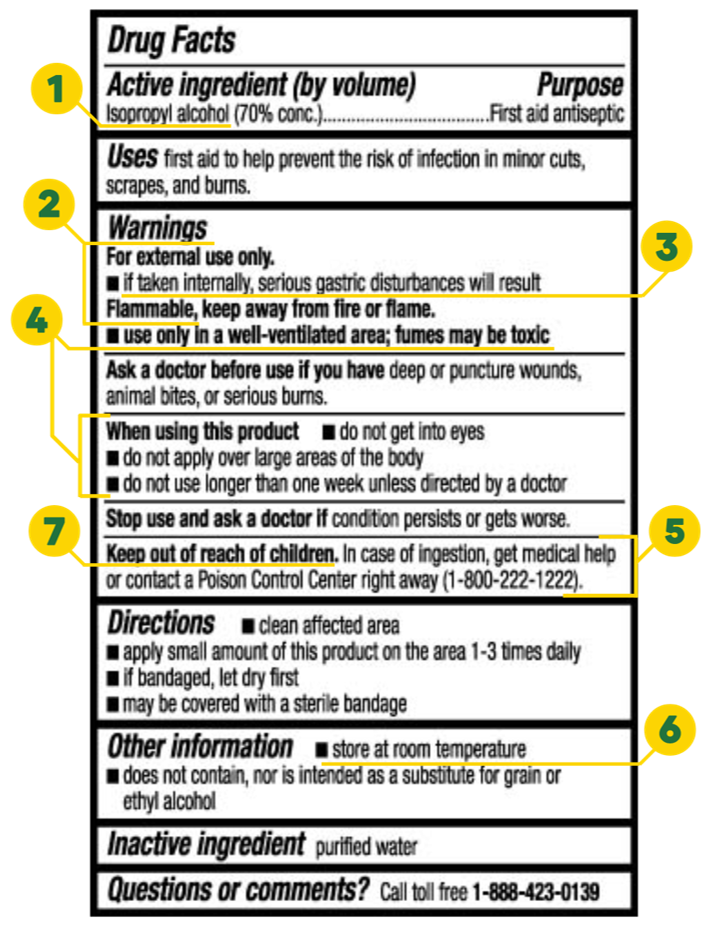
1. The name of each hazardous ingredient.
2 . Signal words that communicate the type of hazard the product presents. Danger describes anything highly toxic, highly corrosive, or highly flammable. The word poison must also be added for anything highly toxic. Any other hazardous product will include the signal words warning or caution. Other descriptive words might also be included, like corrosive, flammable, reactive, irritant, or combustible.
3. A statement explaining why the product is hazardous, including how it might interact with other materials or the human body.
4. Any precautionary statements explaining how the user can protect themselves from the hazard. These might include actions the user should take, such as “Use in a well-ventilated area.” Precautionary statements might also include actions the user should avoid, such as “Do not get in eyes.”
5. Any appropriate first aid instructions in case of accidental exposure. Depending on the product and type of exposure, these instructions might range from monitoring the affected person to calling 911. Often, the user will be instructed to call a Poison Control Center at 800-222-1222.
6. Any extra directions for safe handling and storage of the product, like “Store in a cool, dry place.”
7. The warning “Keep out of reach of children.”
Remember to always follow the usage, storage, and safety instructions on the label.
https://www.cpsc.gov/Business–Manufacturing/Business-Education/Business-Guidance/FHSA-Requirements
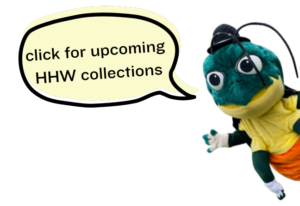 It is critical to our health and the health of the planet that we select, store, use and dispose of these chemical products responsibly. Household hazardous waste (HHW) is that portion of a household chemical product which is no longer usable or wanted and has to be disposed of.
It is critical to our health and the health of the planet that we select, store, use and dispose of these chemical products responsibly. Household hazardous waste (HHW) is that portion of a household chemical product which is no longer usable or wanted and has to be disposed of.

